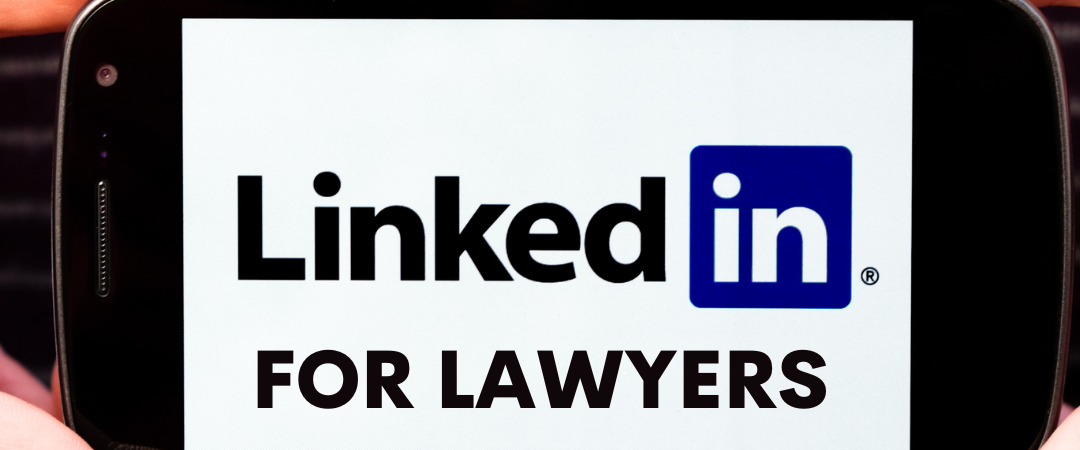Last week, we presented a CLE LinkedIn-to Relationships for Attorneys for the Bar Association of Lehigh County. This was a program about LinkedIn for lawyers.
LinkedIn began in co-founder Reid Hoffman’s living room in 2002 and was officially launched on May 5, 2003 and reached 70 million users by 2010, according to Wikipedia. Today, LinkedIn has 810 million members with almost 60% of users between 25 and 34 years old.
Why should you lawyers use LinkedIn?
- Like all social media – YOU control the message
- Gain the trust of potential clients, employees, referral sources and more
- Shape the conversation in a way that favors your marketing position
- Build relationships with important people in your niche
- Increase brand awareness
- Be seen as an advisor, not a salesperson
- Stay relevant when people aren’t in a buying cycle so you can be top of mind when they are
Your role on LinkedIn is to be an attorney – not to beat LinkedIn’s algorithm. LinkedIn for lawyers is about making connections and building relationships and is an important tool you can use to raise your profile.
Speaking of Profiles…
Here are some of the key elements of your LinkedIn Profile.
- Banner. The Banner is the rectangular image at the top of your profile, behind your headshot. Don’t get lazy on this. Upload an image related to your practice area and consistent with your message and personal brand. Use high-resolution images that fit the specs of the banner.
- Headline. The Headline is what appears under your name. This can be anything you want it to say. Use it to identify who your target client is, for example, Lawyer Defending Employee’s Rights in San Francisco. This headline states that you are a lawyer who represents individuals with workplace issues in San Francisco. BOOM.
- Current Position. This is where you can put that you are the chair of the practice group or the managing partner or founder of the firm.
- Education. List your undergraduate school(s), law school, and any other schools where you received postgraduate degrees.
- Location. If your practice area is federal, go big – the USA or your state. If your practice is a niche, name your metro area or your city.
- Contact Information. Update this – phone number, address, website, etc.
- About. Write this in the first person. This is not on your law firm’s website – it’s YOUR LinkedIn profile. Write it in your voice. Show authenticity. How do you solve problems? Why do clients turn to you?
- Featured. This is where your most amazing posts are housed.
4 Ways to Be Social on LinkedIn
There is a multitude of ways to leverage LinkedIn. Let’s cover a few.
-
- Commenting on LinkedIn Posts: Don’t be aggressive or pick fights, but don’t be afraid to add more thought to the original post, or a different viewpoint. Comments should be thoughtful and showcase you in a positive light as an authority on the subject matter. That doesn’t mean you can’t have fun and joke around. But remember, this is LinkedIn, not Facebook.
- Reacting to LinkedIn Posts: If you absolutely cannot come up with a comment, but want to be supportive of a post, react to a post. Consider using icons beside the Thumbs Up. For instance, if someone is announcing a promotion or other good news, use the applause icon instead. Bonus: LinkedIn recently added the laugh react!
- Sharing LinkedIn Posts: If someone has a post that is just TOO good not to share, then go ahead! Make sure you add your point of view, or why you are sharing the post, and tag the original poster.
- Posting on LinkedIn: Pick a weekly cadence and stick to it. For instance, ESQuisite posts a Legal Marketing at Lunch Tip every day, and we (Ed and Cady) post every Tuesday and Thursday, at a minimum. Whether you are putting out posts, articles, or a LinkedIn newsletter, consistency is key!
For more info on how to use LinkedIn for lawyers, check out our slide deck, or reach out!

